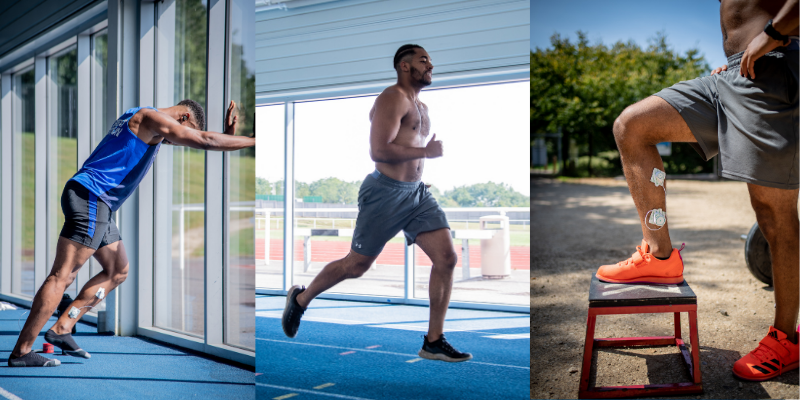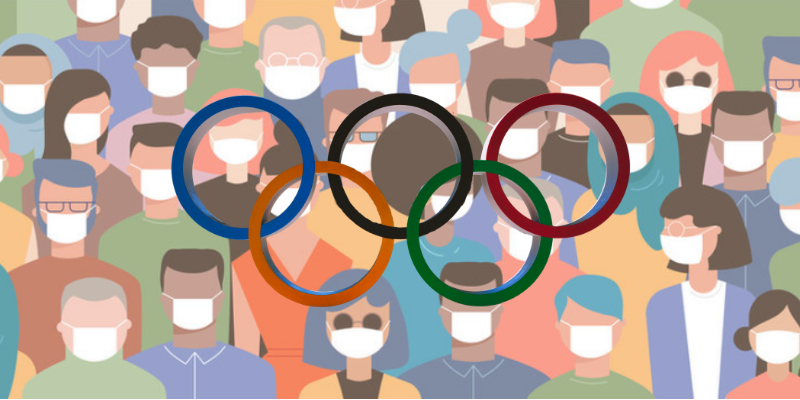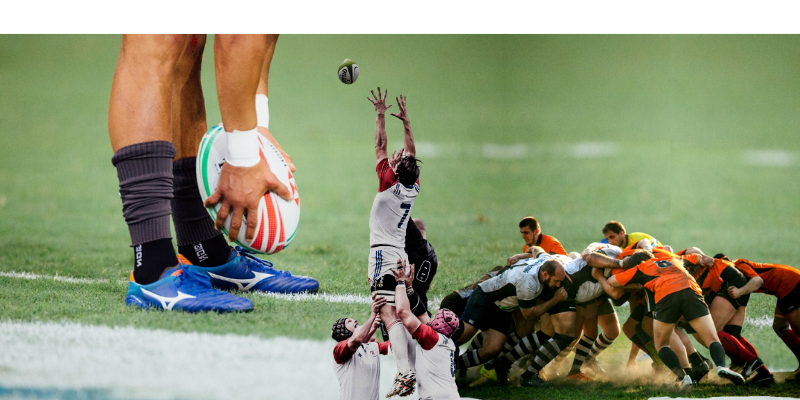Achilles tendon injuries can be stubborn, painful and frustrating. They often come on quickly without warning, but then take several months to repair. The good news is they can be treated, and as long as the injured person follows professional guidance, they can get back to full fitness in no time.
The Achilles tendon is the thickest and strongest tendon in your body, connecting your calf muscles to the back of your heel. When running, virtually all of the force generated from pushing off the ground is transmitted by the Achilles.

A Coaches Perspective
Track & Field Coach, John Shepherd believes that the Achilles tendon “returns more ‘power’ than the calf and thigh muscles, particularly over the first few degrees of movement.” As such, the Achilles tendon is prone to injury, particularly in runners or those that do lots of jumping or speed training.

Approximately 52% of recreational runners have suffered from an incidence of Achilles tendinopathy in their lifetime.
Types of Achilles injuries
As with any part of the body, there are a range of different Achilles tendon injuries, with the most severe being a full rupture of the tendon. Luckily, this is not very common and with the correct rehab and time taken, it is possible to regain full use of the tendon in most cases.

More common injuries include Achilles tendinopathy or tendonitis. This type of injury usually starts off as a stiffness in the tendon, which gradually goes away as the area gets warmed up. Although athletes can often think the tendon is okay, if they continue to train on it, the pain in the tendon will get sharper and will not disappear, no matter how light the exercise.
This is exactly what happened to two-time Olympian and Team GB biathlete Amanda Lightfoot
“I first noticed my Achilles pain after a run on uneven terrain. It was very painful, even just when walking. It was diagnosed as Achilles tendonitis and I had to manage it very carefully in order not to make it worse.”

Although Lightfoot felt as though her Achilles pain came on quickly, John Shepherd often believes that Achilles issues can build up over time, without the athlete realising it. He says:
“Achilles injuries often appear over time in older athletes with repeated speed work and jumping.” Fortunately, there are steps you can take to avoid and manage an Achilles tendon.
Pre-conditioning
Shepherd, who has years of experience in coaching elite level track & field athletes, strongly recommends sports-goers perform pre-conditioning exercises before a training session to help avoid the onset of an Achilles tendon injury. This means, “warming up and pre-conditioning the jump and sprint muscles before training so they can withstand the great forces that they are subject to when sprinting and jumping.”

For the Achilles tendon specifically, he suggests eccentric loading work for pre-conditioning:
“An athlete should focus on the lowering part of a heel raise, perhaps lowering to a slow 5-6 second count several times. If athletes regularly include these and other lower leg pre-conditioning exercises, they will reduce the chances of suffering from such an injury in the first place.”
Recovery
Achilles injuries take a long time to recover from. As Shepherd explains:
“The tissue in an Achilles tendon is relatively inert – it doesn’t get much blood flow which would bring healing nutrients. This is why Achilles tendon injuries can take time to heal.”

In terms of how to recover, biathlete Amanda Lightfoot recommends: “ plenty of rest and to try not to return back to training too quickly. The body needs time to heal.”
Shepherd agrees with Lightfoot and says when recovering from an Achilles injury, athletes should do “no more than is necessary”. He advises against doing that ‘extra run’ and stopping and coming back for the next session when the time is right for the tendon.
Similarly to the eccentric pre-conditioning work, Shepherd explains that “most research indicates that eccentric emphasis calf work is effective when treating Achilles tendinopathy.”
Advice from the Oxford University Hospitals NHS Foundation Trust* strongly advises people with Achilles tendinopathy to follow an eccentric exercise programme such as the one recommended by Shepherd. They suggest that
“eccentric exercises can take between 3 to 6 months to significantly improve symptoms, but sometimes this can happen more quickly. Approximately 70% of people are able to return gradually to their sport or full activities at around 3 months."
Using bioelectrical therapy for Achilles
Studies and testimonials show that alongside a rehab programme, bioelectrical therapy can hugely aid Achilles tendon injuries, particularly use of Microcurrent Stimulation (MCS). Learn more about Microcurrent's impact here.

Amanda Lightfoot has experienced first-hand how effective NuroKor can be:
“Using the NuroKor mitouch has significantly eased the pain and reduced the inflammation in my Achilles after a few sessions”.
John Shepherd also strongly believes that using NuroKor has a profound impact on Achilles tendon recovery.
“I have a number of my athletes using NuroKor’s technology and I’ve had good results on Achilles tendon sore/ hot spots – stimulating blood flow to these crucial tendons and assisting healing.”
Shepherd recommends using the Pain+ app followed by the MCS app which he found “has literally cleared up the soreness overnight”.

Shepherd says; “The key is to not let the Achilles problem become chronic, so regular treatment with NuroKor of the injured area seems to prevent this. By encouraging blood flow you will stimulate healing and recovery and reduce the chances of problems developing or worsening. So, it's important to keep treating the area with the mitouch after the pain symptoms have gone.”
Insight from the team
The NuroKor team tends to agree: "We have had positive feedback from our customers for managing Achilles Tendon injuries with both the NuroKor mibody and mitouch. The mibody utilises Peripheral Nerve Stimulation (PNS), which can provide ‘natural to the body’ pain relief and Neuromuscular Electrical Stimulation (NMS), which can optimise recovery through improved circulation and muscle activation. Research** has shown that microcurrent (MCS), one of the modes in the mitouch, can assist with tendon healing and scar tissue repair."
“Another option our customers have found useful is pairing the mitouch with the KorShoe device, to further enhance treatment and the area of coverage. The KorShoe targets chronic or acute pain in the ankles, heels, legs and feet.”

As Lightfoot concludes: “If you want to speed up the healing process of your Achilles tendon injury then try NuroKor. It will make a difference.”
Learn more about John Shepherd on his website or find useful videos on John’s YouTube Channel
Follow Amanda Lightfoot Instagram @amandalightfoot87
*Click her to view information and suggested exercises for Achilles Tendinopathy from Oxford University Hospitals NHS Foundation Trust
**Click here to access research about microcurrent and tendon healing/ scar tissue repair



